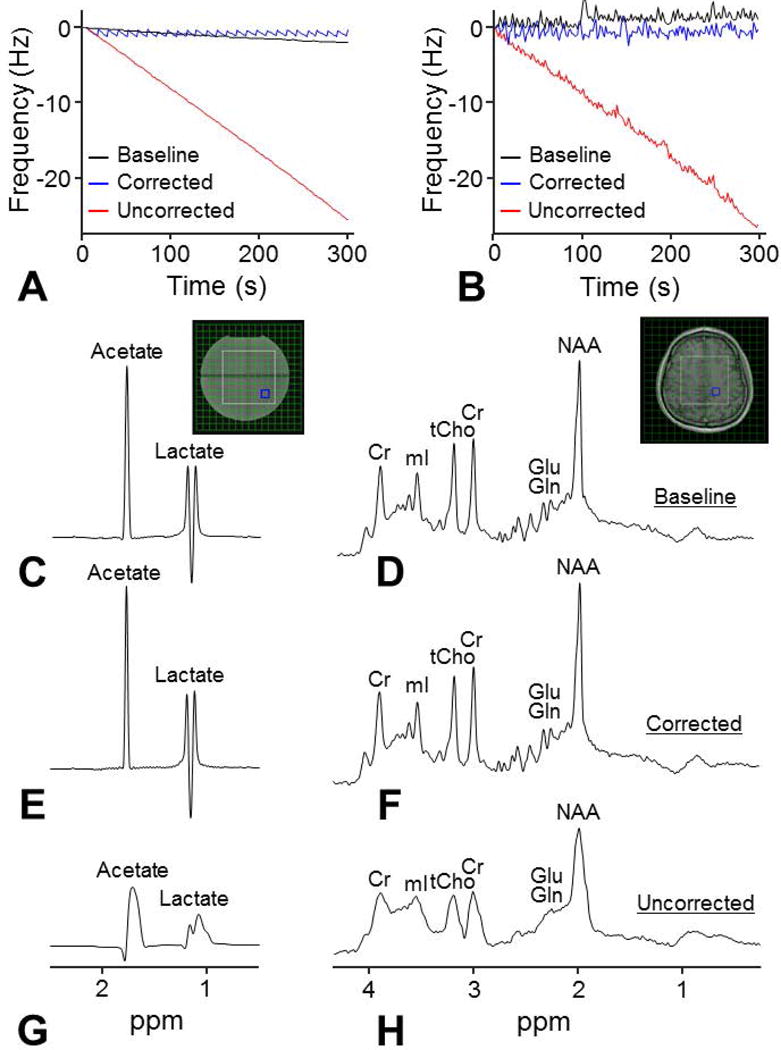Figure 4. Frequency drift correction in MRSI using the OVS-localized navigator method.

MRSI measurements were performed in the presence of gradient heating-induced frequency drifts on a phantom (A) and on a healthy volunteer (B) using the OVS-localized navigator. Frequency drifts following a 30-min DWI experiment were 5.2 Hz/min in the phantom and 5.1 Hz/min in the human brain. MRSI data were acquired using a semi-LASER sequence before the DWI experiment (baseline) (C and D) and after the DWI experiment with (E and F) and without (G and H) the prospective frequency correction. The OVS-localized navigator was acquired in all MRSI scans to monitor the frequency drifts. After the DWI experiment, the spectra with the prospective frequency correction were comparable compared with the baseline spectra, while significant spectral broadening and distortion were visible from the spectra without the prospective frequency correction.
